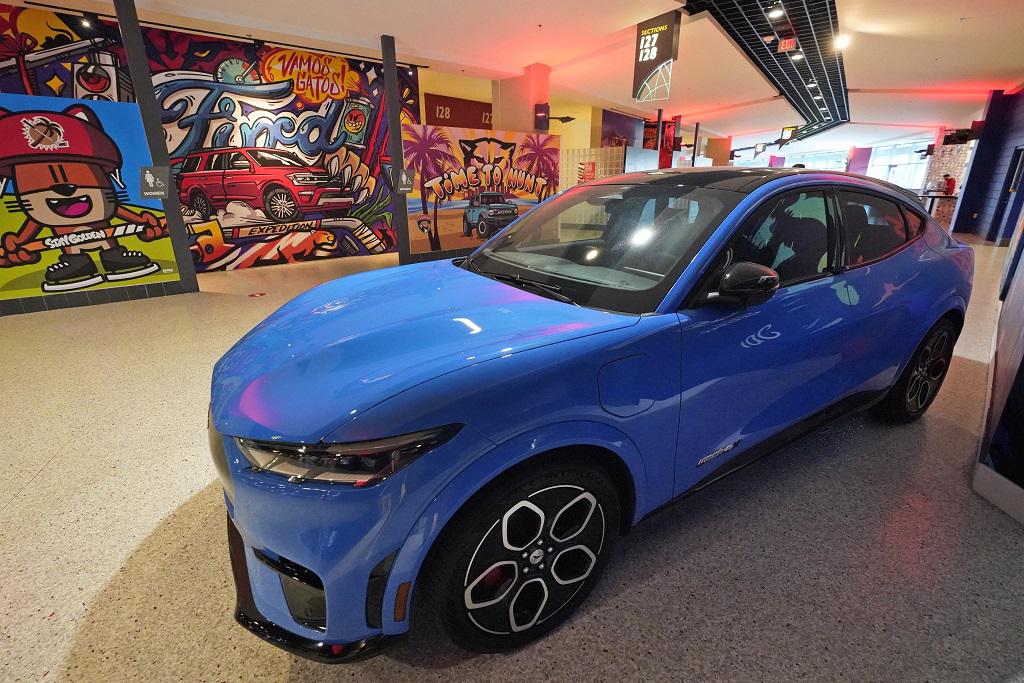
The planet may be wilting under its hottest month this side of hell, but the obstacles to going greener and getting cooler remain very real.
Last Thursday, Ford announced that it would reduce the number of electric vehicles it had planned to produce, because there weren’t going to be enough customers who could afford to buy them. Ford CFO John Lawler said that because EVs are “too expensive” for most car buyers, the company was “going to balance supply with demand” by reducing its supply. Instead of turning out 600,000 electric cars and trucks by the end of this year, it would hit that mark at the end of next year. Instead of producing two million such vehicles by the end of 2026, it would turn out that many at some later date.
Ironically, it’s Ford, above all other companies, that has a history (or at least a mythology) of dealing with this very problem—the imbalance of supply and demand—not by reducing supply, but by increasing demand. In 1914, founding father Henry Ford created the assembly line and thereby invented mass production of a costly product. Soon thereafter, he did something equally revolutionary: He raised the wages of his assembly-line workers to $5 a day—by the standards of the time, a huge leap in income for unskilled or semi-skilled production workers.
As myth would have it, Ford raised the wage because he understood that his cars needed buyers, and by setting the standard for decently paid production workers, he was giving the working class the ability to purchase his Model Ts. The history is a bit more nuanced: Ford had to be persuaded by his fellow executives to raise wages, not to create buyers but to hold on to his employees. Conditions of work on the early assembly lines were brutal (see, e.g., Charlie Chaplin’s Modern Times), and the turnover rate at the early Ford factories was stratospheric. Ford didn’t consider slowing down the lines, but he did reconsider his pay rates, and by raising them well above the current norm, he managed to stanch the one-way flow of Ford workers though the factory exits. (This same policy is alive and perniciously well at Amazon today, which attracts its warehouse workforce by paying more than local competitors but retains a Modern Times-esque pace of work.)
Nonetheless, when Henry Ford raised the pay at what was quickly becoming one of the nation’s largest employers, he did make it possible for his workers and their economic peers to at least purchase used cars, if not new ones. It was several decades later, when the United Auto Workers organized Ford and his competitors in what was then the nation’s largest industry, and those companies returned to making cars after the end of World War II (when they’d made jeeps, tanks, and planes), that Ford workers could truly afford to buy what they’d made.
The UAW contract of 1950, in which workers won not just raises but annual cost-of-living adjustments, bonuses that matched increases in industry’s productivity, and employer-provided health insurance and pensions, set the standard for other unionized companies, compelled many non-union companies to meet those standards, created a level of broadly shared prosperity never seen before, and created the mass market that mass production had always needed.
The problem that Ford is confronting today—indeed, that America is confronting today—is that that broadly shared prosperity is a thing of the past, and that the mass market for mass production ain’t what it used to be. For several decades, as the middle class has shrunk, the mass market has subdivided into distinct class markets, with dollar stores now outnumbering Walmarts and Starbucks outlets, with the New York Times Sunday magazine running ads for products and services that only the rich can afford, and with the department store chains of yore, with their goods pitched to the great middle class, all but disappearing from the retail landscape.
The problem that Ford is confronting today is that broadly shared prosperity is a thing of the past.
It is true that electric cars, with their battery packs filled with hard-to-source minerals, are expensive, around $55,000 on average according to Kelley Blue Book. But that’s not far from the average price of any new car, which is now close to $50,000. The big problem for EVs from a price standpoint is that the whole industry has decided that the only way to cater to American tastes is to make their EV fleet out of trucks and SUVs, eliminating the economical sedans that might be affordable.
Ironically, the same week Ford said it would produce fewer EVs because of affordability, its main U.S. rival General Motors said it would bring back the Chevy Bolt, practically the only small EV on the market, primarily because of increased demand for a smaller emission-free vehicle. At $26,500, the price point is about half of the average EV. Ford’s EVs include the F-150 truck and the Mustang Mach-E, which is SUV-sized.
Ford’s announcement last Thursday also came at the same time that the UAW, now under new and apparently more militant leadership, is entering into talks with the Big Three auto companies (Ford, GM, and Stellantis) for its new contracts. The UAW spent last week highlighting the Big Three’s record profit announcements: $1.9 billion for Ford in the second quarter (triple that of a year earlier), $3.2 billion for GM in the second quarter (a 39 percent increase), and $12.1 billion for Stellantis in the first half of 2023 (an all-time high).
One among the many ways that the new UAW leadership is preparing its members for possible strikes is by using social media to show scenes from its militant past, enabling its members to witness how the Walter Reuther–led social democratic UAW of the mid-20th century walked picket lines for many months to win the kind of contracts that created the uncommonly widespread prosperity of that time.
Ford’s CFO says people can’t afford its cars? That’s not just because EVs are expensive (or all cars, for that matter). As in 1914, it’s because the lion’s share of the revenue is going to shareholders, and a diminished share is going to workers. UAW President Shawn Fain should tell Ford CFO Lawler that the union has a proposal that would rectify the balance between the supply of cars and the demand for them, and it’s not by reducing the supply.
In a sense, the issue of how to fix this imbalance figures into recent debate between one of my former Prospect colleagues and a current one. Recently, former Prospect writing fellow Ezra Klein argued in one of his New York Times columns that that urgency of the climate crisis requires us to invest in green energy without putting any conditions on those projects—like providing union jobs or union-scale wages—that might delay them. Prospect executive editor David Dayen, whom Ezra had cited in his column as a supporter of those presumably delaying conditions, wrote a rebuttal piece last week arguing, among other things, that winning popular and political support for going green required ensuring that the jobs created during this upheaval were secure and remunerative enough for workers to support this epochal transition.
Ezra and David’s debate chiefly concerned projects funded by tax dollars, such as those created by President Biden’s infrastructure law and the Inflation Reduction Act, which placed a premium on not just going green but creating well-paid jobs. What the issue at Ford illustrates is another aspect of this challenge. Green mass production, like all mass production, requires mass consumption: prosperity shared broadly enough to create mass purchasing power. As they bargain for a new contract, I suspect the UAW will point this out.
"electric" - Google News
July 31, 2023 at 04:04PM
https://ift.tt/dTSEszQ
Ford Says Electric Cars Just Aren't Affordable - The American Prospect
"electric" - Google News
https://ift.tt/vN3pBc0
https://ift.tt/lZobNjs


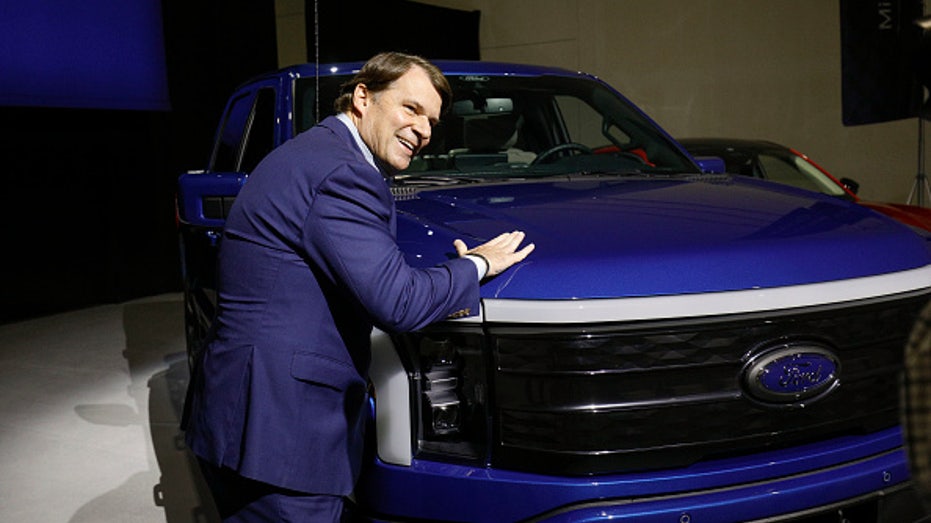



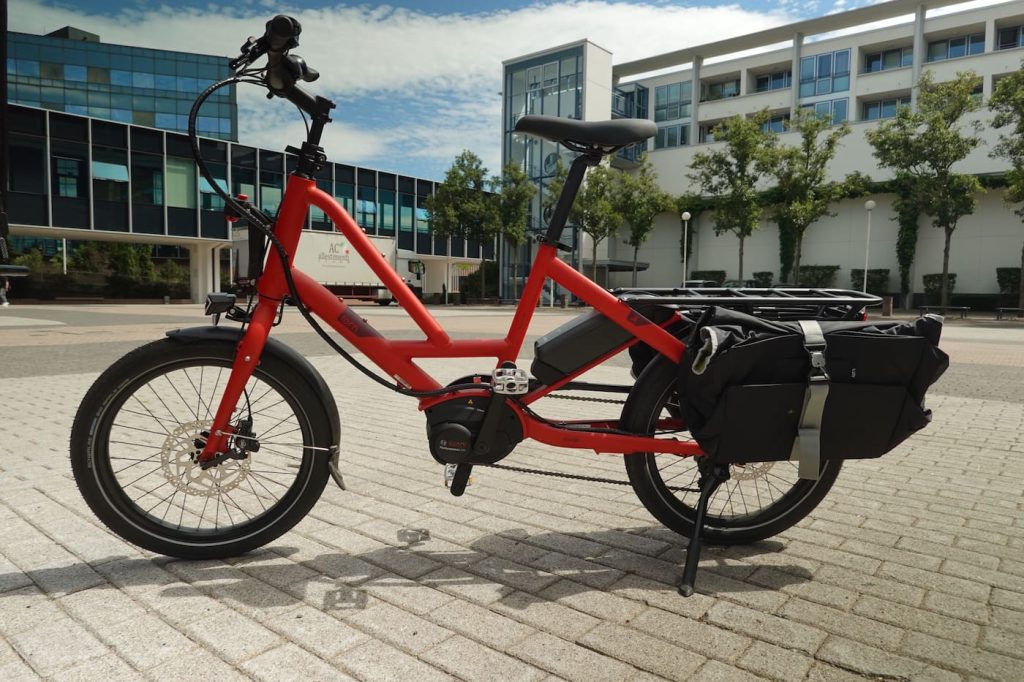




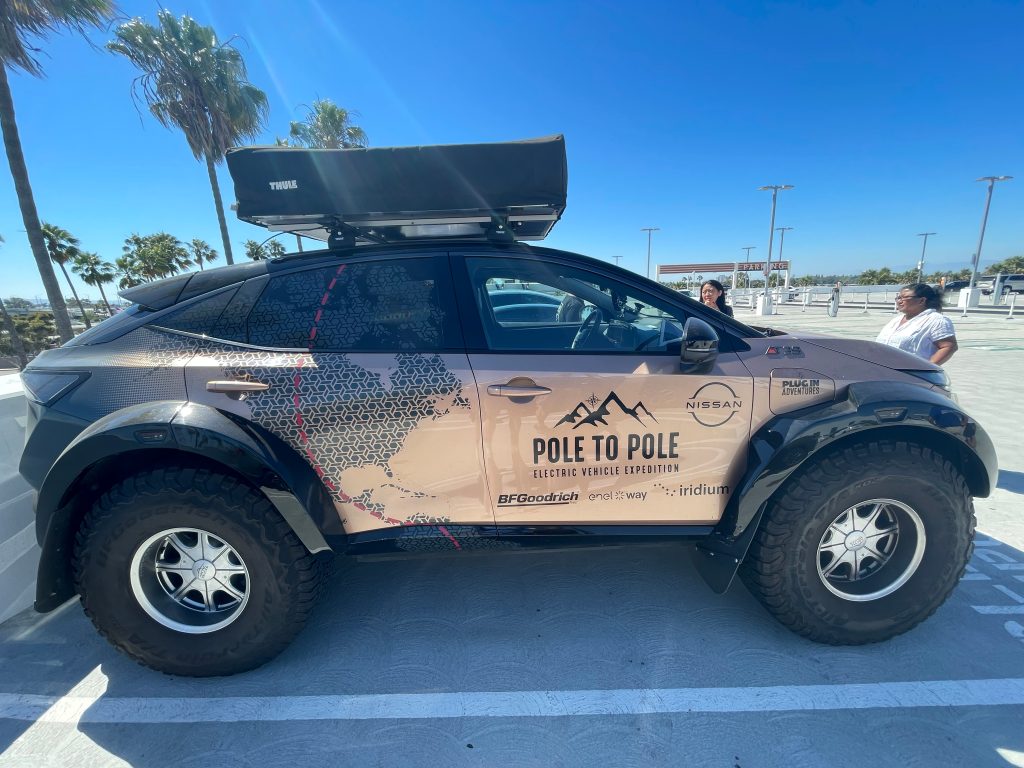
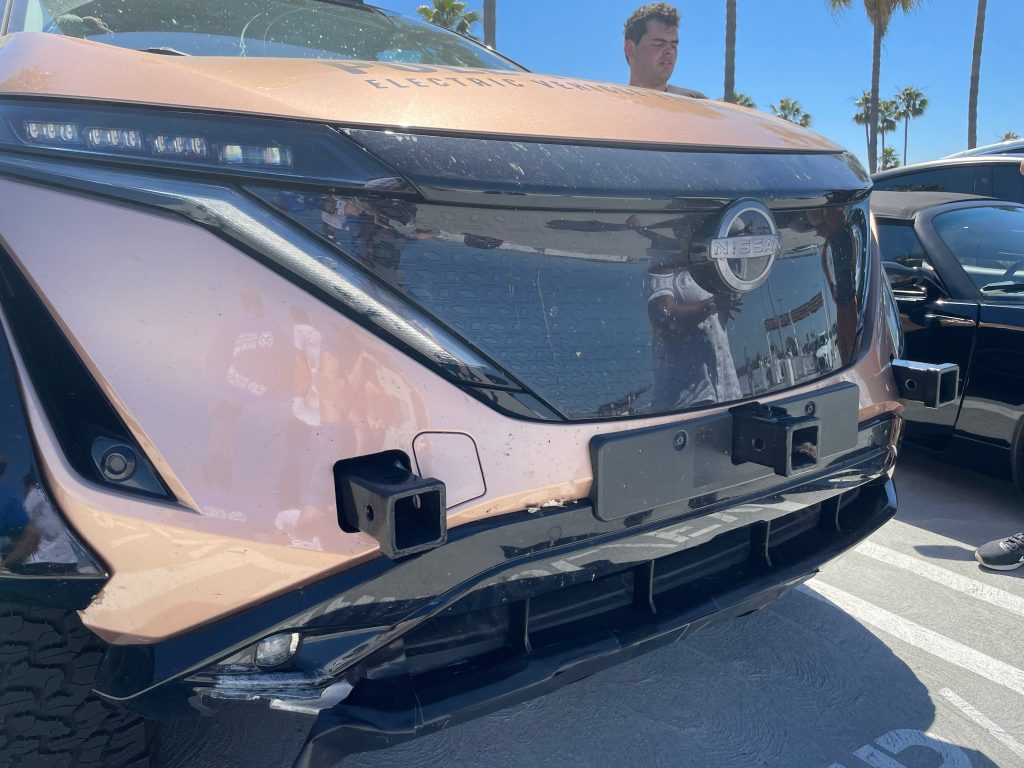


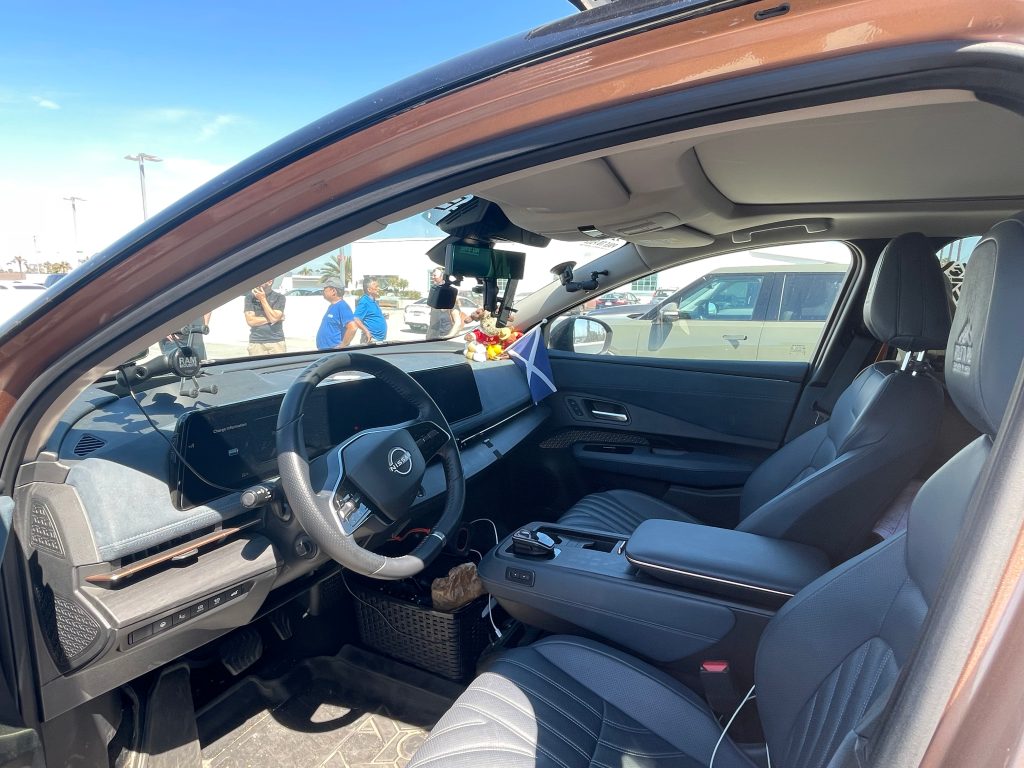

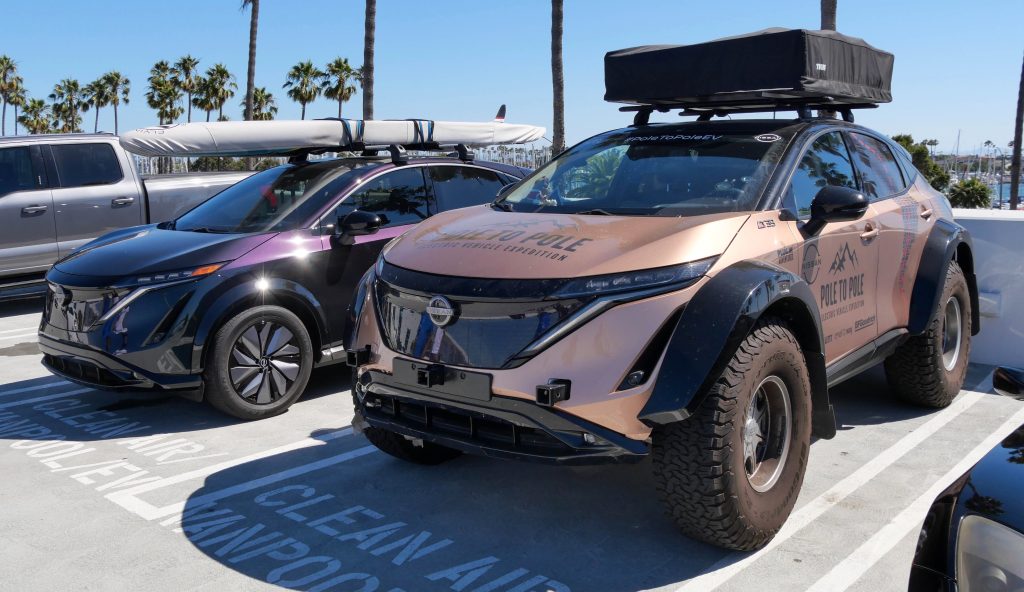
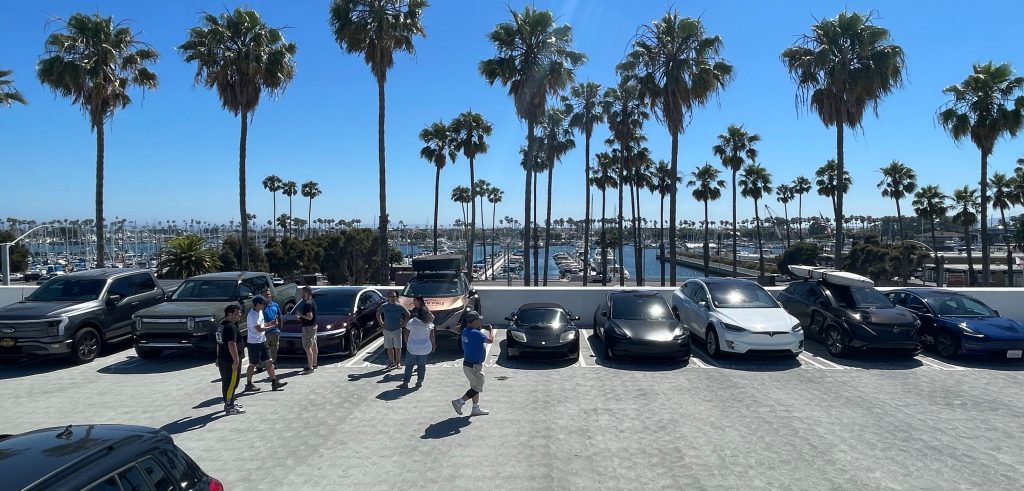

:format(jpeg)/cloudfront-us-east-1.images.arcpublishing.com/tgam/OUP4EFGPTJCUBPZCVTFRAAK4KQ.JPG)